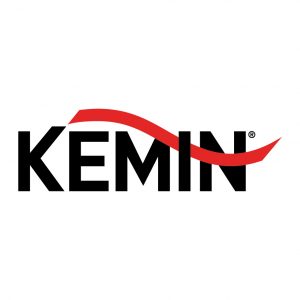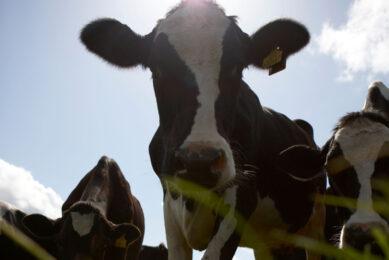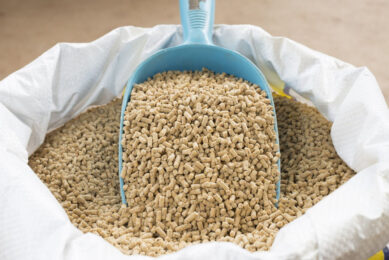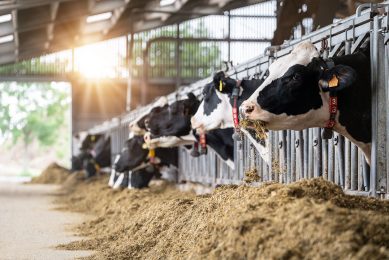Better eggs, not just more
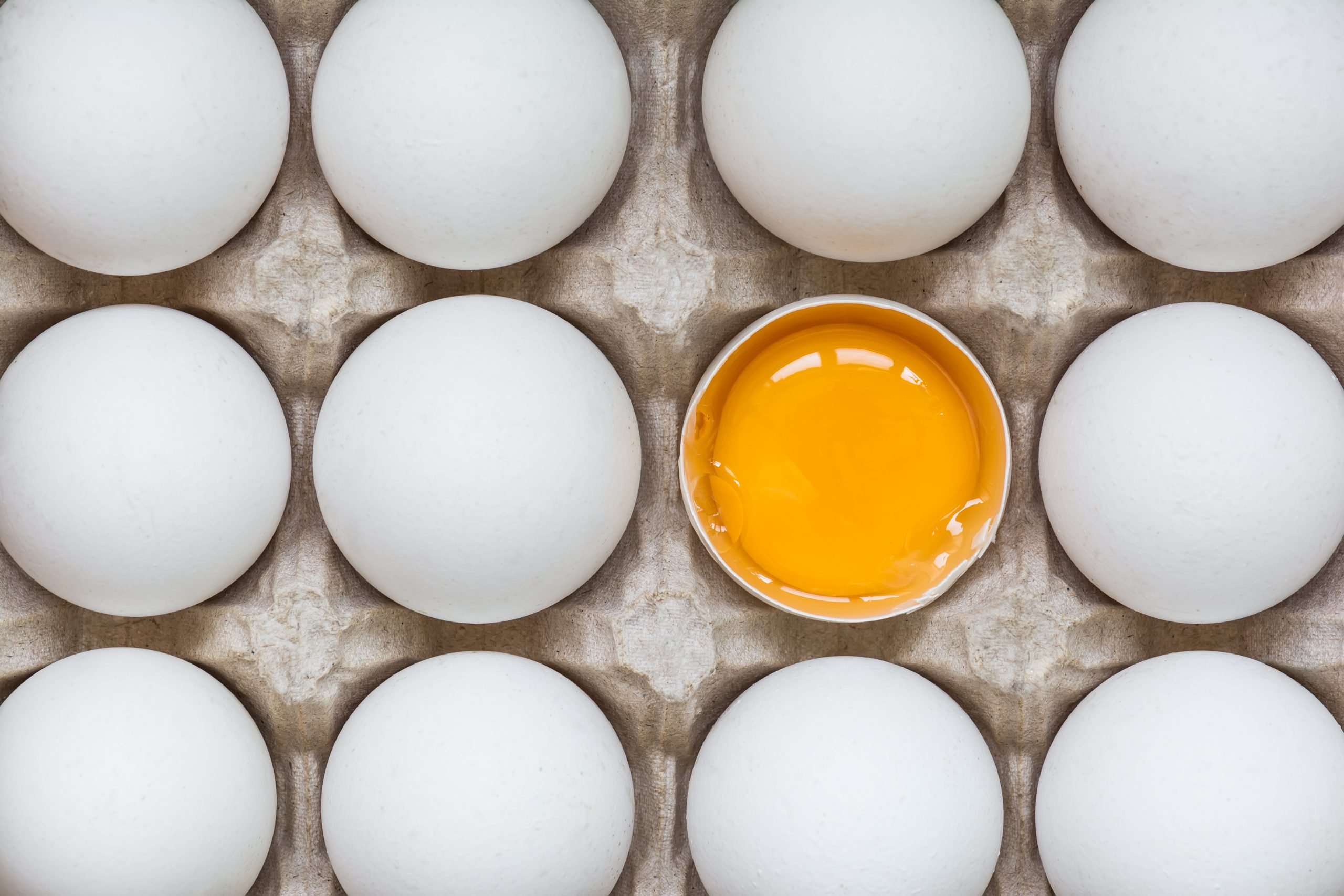
Active microbials can bring excellent returns over investment when used in laying hens. The main mode of action is improved calcium absorption from feed, leading to a decreased share of eggs with insufficient shell quality. Positive results have been shown in 2 university trials and 1 field study on bone mineralisation and egg shell quality of laying hens between 15 and 75 weeks.
The biggest challenge in egg production, particularly with longer laying periods, is to maintain eggshell quality. Egg sizes increase with age of the hen while the hen’s ability to absorb calcium from the feed slowly decreases with age. Logically this leads to a decrease in eggshell quality which in turn brings unmarketable eggs or even broken eggs that can spoil other eggs. Additionally, poorer intestinal health in older hens can lead to dirty eggs, which in turn are not marketable either. The rate of unmarketable eggs can be anywhere between 1.5-8% depending on age, nutrition, health and even farm setup.
Calcium and unmarketable eggs
The amount of calcium is relatively constant with a range of 1.7-2.4 g per egg, and changes little over the laying period. What does change however, is egg size. As the eggs becomes gradually larger during the laying period the shell therefore becomes thinner. This is aggravated by the relatively poor absorption of calcium from feed, which is around 50% from laying hens, decreasing with age. Simply supplementing more calcium cannot solve this challenge, as excessive amounts of calcium reduce the absorption of other minerals and may lead to the formation of calcium soaps. It may even lead to wetter faeces, which in turn cause dirty eggs.
If more calcium is not feasible, the next logical step is trying to get more calcium absorbed into the hens. There are several studies, some published in peer reviewed journals, that have shown an improvement in eggshell quality and reduction of 2nd grade eggs when using Clostat. But increased absorption cannot be solely measured in feed calcium versus calcium excretion via eggs, hens can mobilise calcium from their bones, therefore it is important to monitor calcium in feed, bones and egg shells.
Old hens
A study given 2 doses (1.15x108CFU/kg, 2.3x108CFU/kg) of Bacillus subtilis PB6 showed significant improved bone calcification in older laying hens (64- 73 weeks) (Table 1).
This did not reduce calcification of the egg shell, but came with a corresponding, dose-dependent increase of eggshell weight as percentage or egg weight and shell thickness (Figure 1), data with different letters in the same week are statistical significant with a P-value < 0.05. This had a direct effect on the percentage of unmarketable eggs, which dropped from 5% to near 0 for both dosages of B. subtilis PB6. In the control group unmarketable eggs rose from 5.5% to 7.5% during the 9 week trial period.
Young hens
A similar setup was used in a study by Sobczak and Kozlowlski (2015). The main difference was the age of the hens which were 18 weeks at the start of the trial which latest until 42 weeks of age. Even in the younger hens, compared to the control the B. subtilis fed hens showed significantly improved shell strength and shell thickness (Table 2).
The effect observed is not due to a single mode of action but a combination of factors known to influence absorption. An effective active microbial will improve fermentation in the gastro intestinal tract. In turn, this leads to more beneficial metabolites, such as SCFA being formed. Those in turn can directly improve the proliferation of the epithelium by supplying energy. This effect has been previously shown in broiler chicken. Proliferation of intestinal cells leads to an increased surface for mineral absorption of course. The second mode of action is that the presence of B. subtilis can affect a lower intestinal pH. This in turn leads to a higher calcium solubility, and only calcium in solution is absorbable.
The economics
All the scientific trials focussed on mineralisation and effects. While there were modest effects on lay rates, the economic effects of these were not calculated in the trials. Economics were evaluated in a field trial. One farm trial was run with approximately 270,000 hens evenly distributed over 3 houses (2 control, 1 with B. subtilis PB 6) in aviary system starting from brown layer pullets of 15 weeks until the hens reached 57 weeks of age.
CLostat dosed with 1kg/ton in pullet phase until peak lay (32 weeks), and 500g thereafter. The parameters measured and calculated were:
- the number of hens,
- laying rate, (total, 2nds (farm and graded),
- feed cost including costs for supplementing the B. subtilis PB6
- most importantly the income generated from the different egg classes (total, 2nds (farm and graded).
Overall egg numbers showed only a slight change in favour of adding the B. subtilis. The overall trial resulted however in approximately €33,400 or €20,400 more income from the treated houses compared to the 2 control houses respectively over the cycle.
Not only in poor health situations
Active microbials or probiotics are often seen as most beneficial when animals suffer high stress or poor health. The 2 published trials and the presented field trial clearly show that poor health is not a requirement for having a benefit from an active microbial. Secondly, it highlights that in any trial it is important to do the economic analysis with sufficient data. Only looking at FCR, growth and formulation costs reflects much of other mainly nutritional additives or amino acids, it is however not enough for products relating more to intestinal health. Only when considering, mortality, labour for re-littering or, like in this example, rate and price of 2nd grade eggs their true economic value can be captured.


